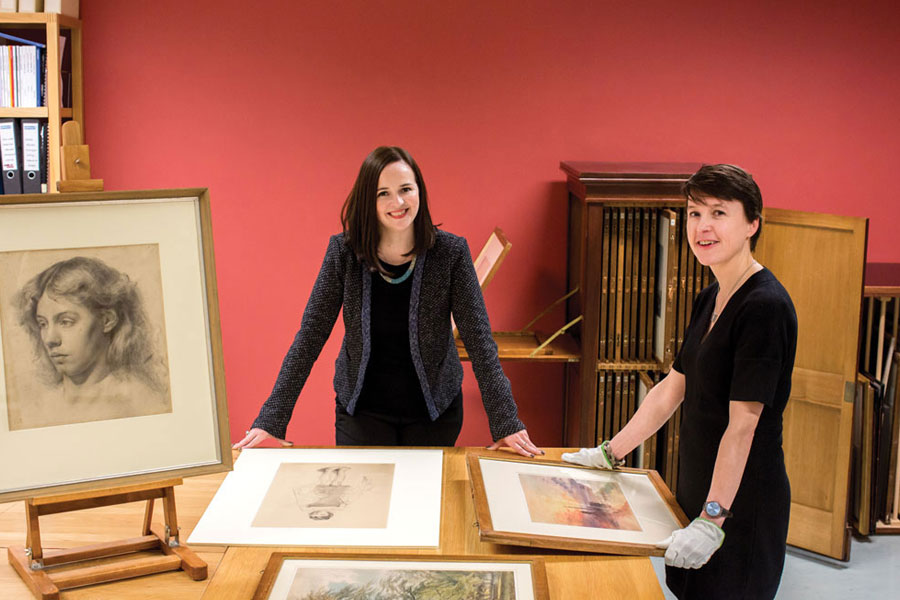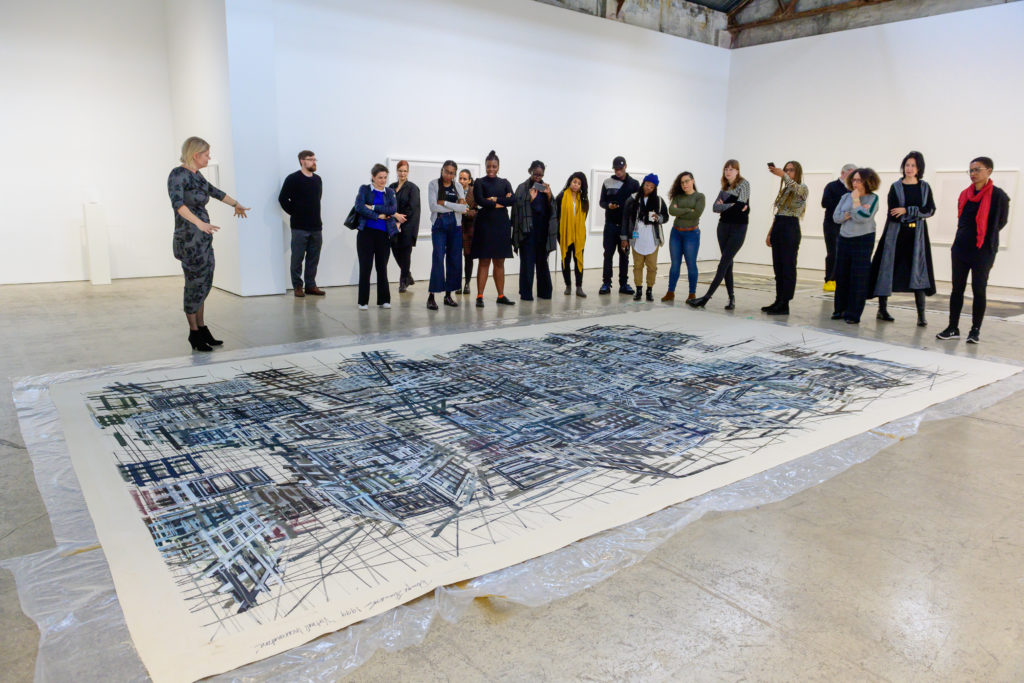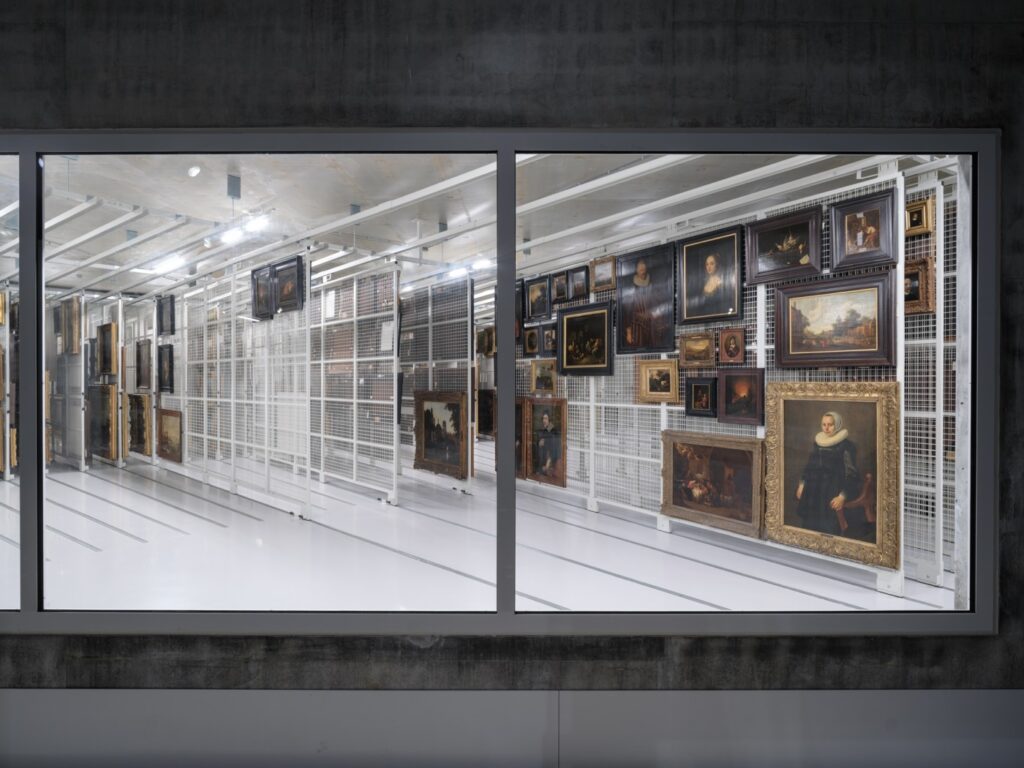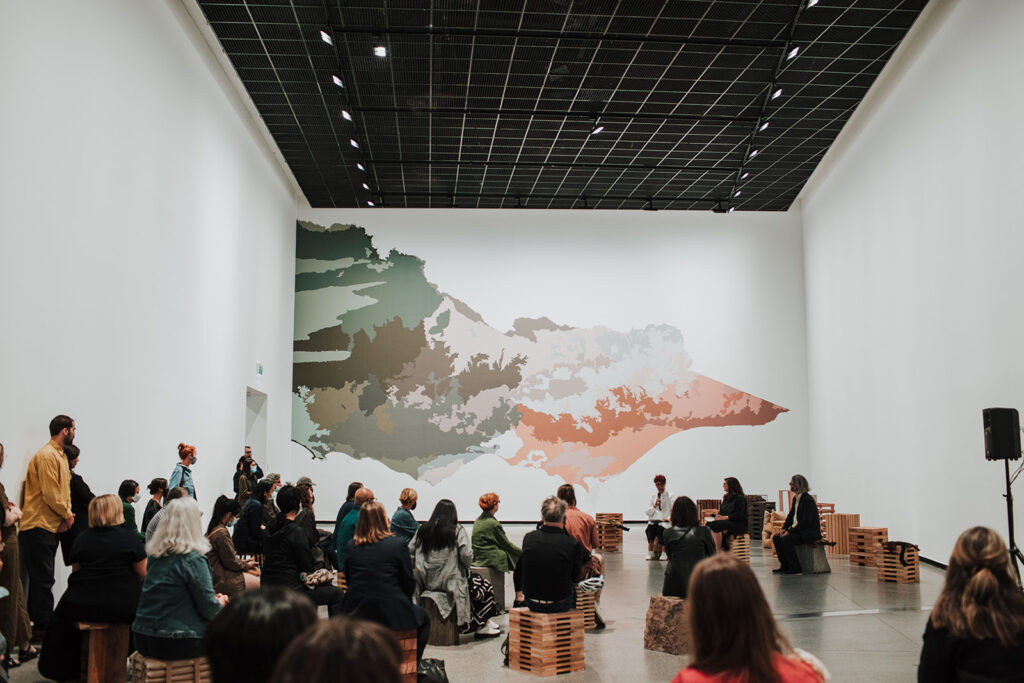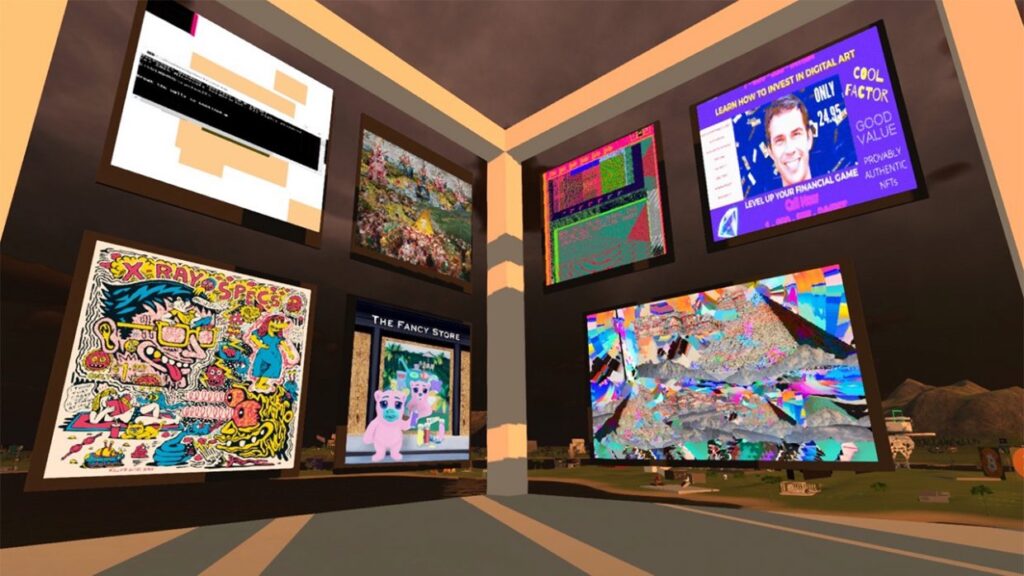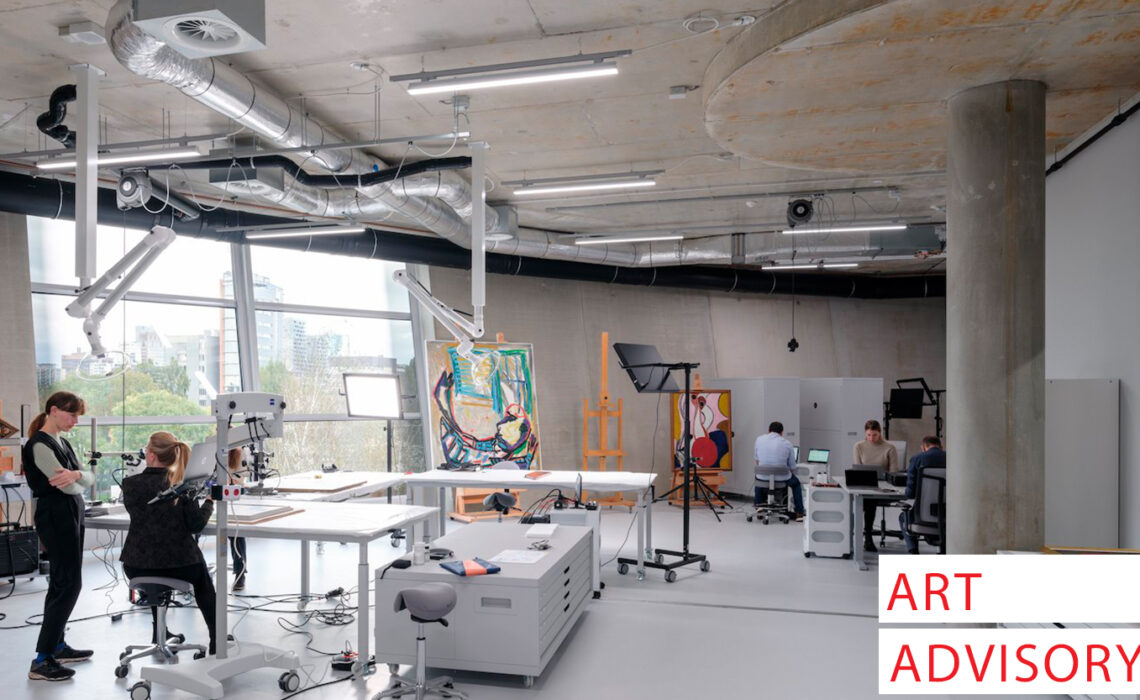
What Are the Different Types of Art Curator?
As we know, art curators are one of the most important figures regarding the functioning of art foundations, museums, art collections and, of course, the exhibition-making. But what are the different types of curators and which is their importance?
The different roles of the curator has been mainly defined with regard of the needs and interests of the major art institution: the museum. If we take a look back to the history of curators, we might understand why their labor is closely related to the art museums as they were at the beginning kind-of guardians of the art collections.
In this context, the first and most common distinctions between the roles of curator are based on the museum’s crew. Every museum has general curators, which are the responsibles of everything related with the curatorial department, and the section curators which roles depend of how the museum is organized as well as the museum profile. That is to say, a museum of modern art can be runned by a general curator while the modern art collection must be supervised by a modern art specialist curator.
Those are the twor basic roles of each art museum. However, art today it isn’t only in the museum. Art goes from the white cube to the screen plays of our computers. Even most important, there are different sections related with art that goes far beyond exhibition-making. Thus, here are some of the different types of curators we can find today.
Museum Curator
Museum curators look after, manage, organise, display and develop museum collections, and conduct related research. They must often work with potential donors, both in terms of cash donations and of items donated for the collection. This can include attending benefits or being a part of one-on-one meetings. It can also mean giving lectures or tours of the museum.
Section Curator
Some museums are dividid in different sections: modern art, contemporary art, African Art, American Art, etcetera. In this cases, each one of the sections must have an specialist on each one of the museum divisions as art has so many different needs as forms of representations. Furthermore, no one is specialist in every kind of art. It is less common, but sometimes there are curators devoted some art categories, such as installation art, sculpture, drawing, etc.
Collections Curator
This highly specialized role requires the curator to be responsible either for all special collections that come into the museum on loan or for a specific traveling exhibit. In the latter case, the curator actually travels from location to location with the collection. While he works out of whichever museum in which the exhibit is currently displayed, he is an employee of the museum or private collector who owns the collection.
Academic Curator / Curator of Education
Academic Curator works closely with museum staff to utilize the permanent collection to develop and implement sustainable academic programs which expand upon and initiate thoughtful and cutting-edge interpretive programs.
Curators of Education are also part of art foundations or independent projects, such as biennials or temporary exhibitions in independent spaces, to develope and educational program for the public to the project or the exhibitions to a different level of experience and discussion.
Digital Art Curator
According with Paul Waelder, “Curating an art exhibition involves much more than a selection of works. It includes, broadly speaking: the conceptualization of the project, its planning and implementation in a specific space (real or virtual), the mediation with the public and also the documentation and final evaluation.”
Objects won’t be the mains source of Digital Art Curators but all the world existing on digital platforms. The most interesting thing about beeing a digital art curator is to be in the middle of the digital and physical art.

